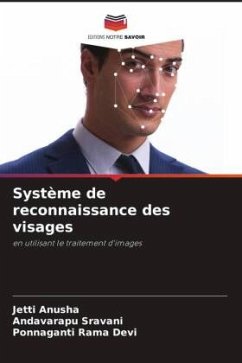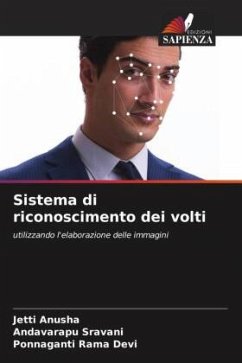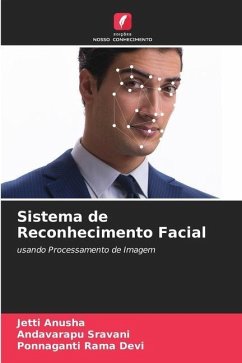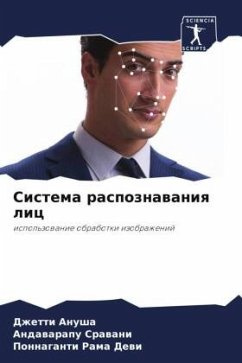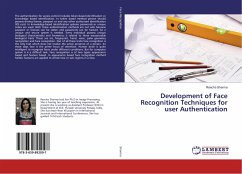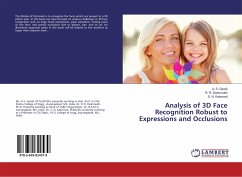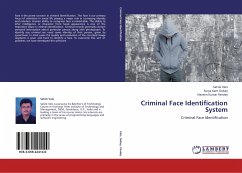
Face Recognition System
using Image Processing
Versandkostenfrei!
Versandfertig in 6-10 Tagen
36,99 €
inkl. MwSt.

PAYBACK Punkte
18 °P sammeln!
Face recognition algorithm perform very unreliably when the pose of the probe face is different from the stored face typical feature vectors vary more with pose than with identity. We propose a generative model that creates a one-to-many mapping from an idealized "identity" space to the observed data space. In this identity space, the representation for each individual does not vary with pose. The measured feature vector is generated by a pose contingent linear transformation of the identity vector in the presence of noise. Existing methods for performing face recognition in the presence of bl...
Face recognition algorithm perform very unreliably when the pose of the probe face is different from the stored face typical feature vectors vary more with pose than with identity. We propose a generative model that creates a one-to-many mapping from an idealized "identity" space to the observed data space. In this identity space, the representation for each individual does not vary with pose. The measured feature vector is generated by a pose contingent linear transformation of the identity vector in the presence of noise. Existing methods for performing face recognition in the presence of blur are based on the convolution model and cannot handle non-uniform blurring situations that frequently arise from tilts and rotations in hand-held cameras. In this paper, we propose a methodology for face recognition in the presence of space varying motion blur comprising of arbitrarily-shaped kernels. We model the blurred face as a convex combination of geometrically transformed instances of the focused gallery face, and show that the set of all images obtained by non-uniformly blurring a given image forms a convex set.




